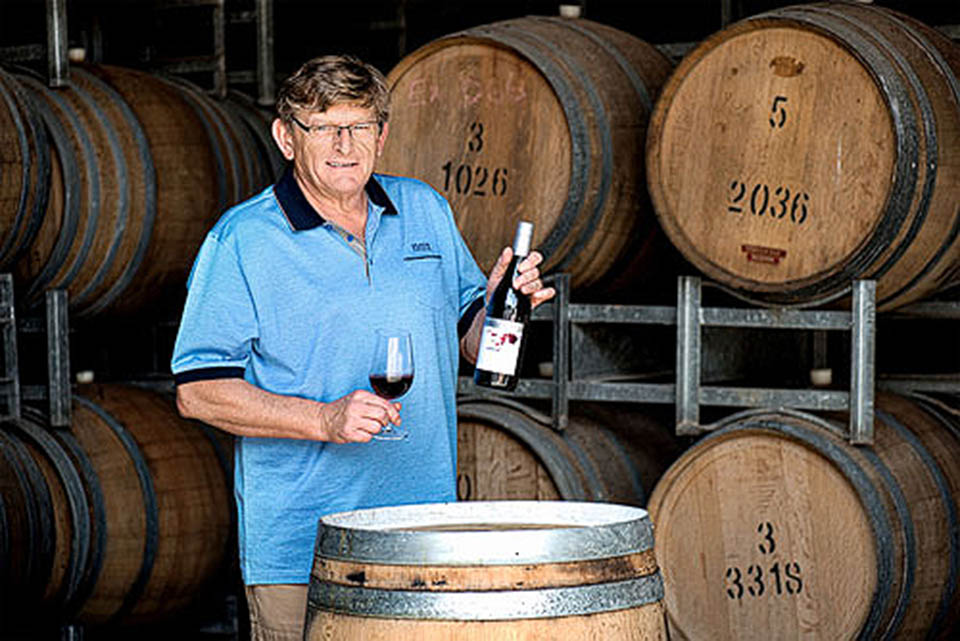
I don’t know why it is, but when someone mentions “winter” the opening lines of that Shakespeare poem leap into my mind. You probably know the one: “When icicles hang by the wall, and Dick the shepherd blows his nail, and Tom bears logs into the hall, and milk comes frozen home in pail…” The short poem describes the wintry conditions during an intensely cold spell of weather that was just starting to take hold in Northern Europe and comes from the last act of Shakespeare’s 1595 comedy Love’s Labour’s Lost. The nature of the Northern European winter cannot be escaped and perhaps it’s not surprising that wintry themes have found their way into European and American literature, music and the visual arts. The expression “on a cold and frosty morning” appears in the chorus of a well-known English nursery rhyme.
Of course, we don’t get that kind of weather in these tropical climes. At least, not yet. But the evenings certainly become cooler in November – especially up in the northern provinces. On chilly evenings, red wines seem more welcoming than white. Perhaps it’s because reds tend to have higher alcohol, or perhaps it’s because when it’s cold outside, reds simply look more comforting. Unlike white wines, which taste better when chilled, reds are better at ambient temperatures (or just below) and they pair well with hearty meals.
In cooler regions of Europe and America, Merlot is a favourite winter wine because the taste brings summer fruits and soft tannins. It’s produced world-wide and there are two broad styles: cool-climate Merlot (the traditional Bordeaux style) and warm-climate Merlot (sometimes known as the “international style”). The difference between the two is important when you want to pair Merlot with food. Cool climate Merlot is a medium-bodied wine with moderate alcohol and fresh red fruit flavours with hints of leafy vegetation. Top quality wines bring aromas of plum, black olive, herbs and mint and sometimes a kind of earthy, elemental quality with clearly-defined tannins. Cool climate Merlot is superb with food that has high levels of umami (savory) and salt flavours, like mushroom dishes and sauces. It also makes a good partner for grilled chicken, pork chops, roasted vegetables and light cheeses. The best cool-climate Merlot comes from the right bank of the river Gironde in Bordeaux communes such as St. Emilion, Pomerol and Fronsac. Merlot is used almost exclusively in the highly sought-after and astronomically expensive Château Petrus.
In contrast, warm climate Merlot is usually an inky, purple colour; full-bodied with up-front flavours, high alcohol and velvety tannins. It often has intense plum and blackberry aromas and makes a good partner for heavier food that’s high in fat and has rich flavours such as prime rib, grilled lamb chops, beef stew or roast duck. The fruity quality makes it an excellent partner for strong blue cheeses. Don’t pair it with acidic foods such as vinaigrettes or lemon sauces. Avoid warm-climate Merlot with fish or any light dishes because it will probably overwhelm their flavours.
Deakin Estate Merlot 2020, (red) Australia Bt 650 @ Wine Connection.
Deakin Estate produce ten popular varietals: four reds and six whites. You can probably guess what they are. The reds are Merlot (obviously) Cabernet Sauvignon, Pinot Noir and Shiraz. The whites are Chardonnay, Riesling, Sauvignon Blanc and Pinot Grigio along with the rather less obvious Moscato and Viognier.
I tasted this wine a year or so ago and it’s evidently one of Wine Connection’s best sellers. Not surprising really because it’s a smooth, easy drinker at a decent price. Deakin Estate lies in the Big Rivers region of Australia, a grape-growing zone in New South Wales. On the map, it’s down near the right-hand corner of the country. This wine is a subdued maroon-red and when you swirl the wine around, you’ll notice “legs” appearing on the sides of the glass. The aroma is typical warm-climate Merlot: plenty of rich blueberry and cherry on the nose with secondary reminders of herbs, mint and sweet dark fruit. It’s remarkably soft and smooth; dry of course but plenty of plummy fruit, a hint of fruit-cake and a pleasing dash of acidity which helps to brighten the taste. Warm-climate Merlot can sometimes be rather heavy, but even at 13.5% ABV this one is pleasantly medium-bodied. As a bonus, the wine has an attractive long and dry finish.
Frank Newman and his team at Deakin Estate have come up with a classy little number for the price: an easy drinker with that goes a little bit extra. It would make a fine partner for substantial foods, such as beef or lamb roasts, grills or pasta in a hearty sauce. It would enhance a lowly beefburger, especially one with a rich mushroom sauce. It’s also a vegan wine, meaning that no animal or dairy products were used in the production. Though I suppose if you are going to drink it with a plate of roast beef, this will be of little concern.






